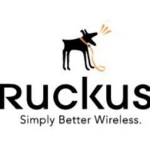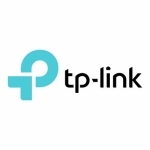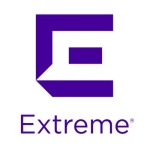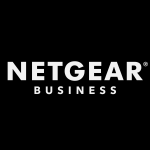We've got a very large install base with Cisco Wireless. We use it for a number of situations.
We use it in warehouses, retail branches, and offices.
It is a reliable and robust solution. Access and Mobility Groups are useful. We don't use anything very fancy.
Its licensing has been very frustrating. There is also the complexity of managing the product. These are probably the two reasons why we're looking at Aruba.
The way they license this product is not simple. There are some good features in the latest version, but there are additional license costs as well, which is frustrating for us. It is not really a feature issue for us. It really comes down to cost and licensing.
They should make it a bit simpler to manage. We find the overall solution a little bit more complex than we would like to deal with. Its troubleshooting is a bit difficult, and it does require a high skill set. Comparatively, Aruba seems quite simple. One of the benefits of the Aruba product is that it is cloud-managed. We don't have to manage the management platform itself, whereas Cisco is on-premise. Its user interface could also be better.
I have been using this solution for maybe 15 years.
It is stable and reliable.
It is scalable. There are no issues with scalability. We have approximately 5,000 users.
They are very good. I am satisfied with their technical support.
Over the last 15 years, we've done so many installations, and we've had them refreshed many times. We've also done installations in the last six months. It is in the middle in terms of complexity. It is neither straightforward nor too complex.
Its licensing is not simple. There are additional license costs for features, which is frustrating for us. There are some features that are included for free in the base Aruba product, but they are available at additional costs in this solution.
I would rate Cisco Wireless a six out of ten.















